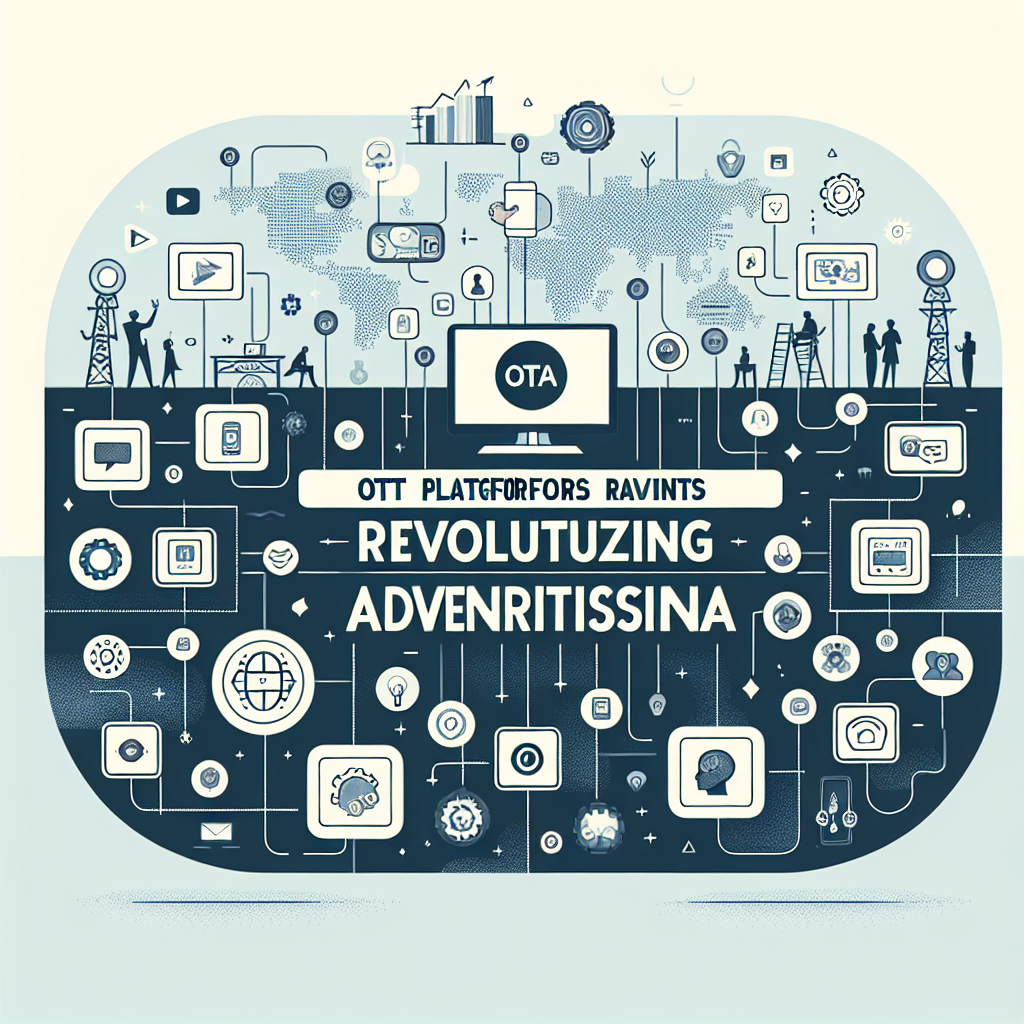Designing Media for Behavior Change
During a recent conversation with Marcus, a public health communications specialist, he described a pivotal moment in his career. His team had spent months creating awareness campaigns about childhood obesity, achieving impressive reach and recall metrics. However, actual behavior change remained minimal. The breakthrough came when they shifted from simply informing parents about healthy eating to designing media experiences that nudged specific behaviors at precise moments of decision-making. Their new approach resulted in a 43% increase in healthy food purchases among target families, transforming his understanding of media's potential beyond traditional exposure metrics.
This experience reflects a fundamental shift occurring across industries as organizations recognize media's untapped potential to drive genuine behavior change rather than merely generating awareness. The evolution from exposure-based to behavior-focused media represents a paradigm shift that leverages insights from behavioral economics, neuroscience, and cognitive psychology to create communications that don't just inform but actively influence human actions.
1. Moving Beyond Exposure to Strategic Nudging
Traditional media planning prioritizes reach, frequency, and message recall, operating under the assumption that awareness naturally translates to behavior change. However, behavioral science research reveals significant gaps between knowledge and action, with multiple cognitive biases and environmental factors influencing actual decision-making processes.
Nudging represents a strategic approach that designs choice architecture to influence behavior while preserving individual autonomy. Media applications of nudging leverage timing, framing, and contextual cues to make desired behaviors more likely without restricting alternatives. This approach acknowledges that human decision-making often occurs through automatic, unconscious processes rather than deliberate rational evaluation.
The digital transformation has enhanced nudging capabilities through personalization and real-time optimization. Programmatic advertising platforms can now deliver behavioral interventions at precisely optimal moments, such as promoting healthy food choices when consumers are actively grocery shopping or encouraging financial savings immediately after salary deposits.
Micro-moment identification becomes crucial for effective behavioral nudging. These brief windows of heightened receptivity require sophisticated audience segmentation and predictive modeling to identify when individuals are most likely to respond to specific behavioral prompts. Advanced analytics enable media planners to map behavioral triggers and optimize intervention timing.
2. Leveraging Storytelling, Repetition, and Social Proof
Storytelling serves as a powerful mechanism for behavior change by creating emotional connections and demonstrating behavioral models. Narrative transportation theory suggests that engaging stories can temporarily alter attitudes and behaviors by immersing audiences in fictional scenarios that feel personally relevant and emotionally compelling.
Character identification within stories enables vicarious learning, where audiences adopt behaviors demonstrated by relatable protagonists. Health communication campaigns increasingly use patient journey narratives rather than clinical statistics, recognizing that personal stories create stronger motivation for behavior change than abstract data presentations.
Strategic repetition reinforces behavior change through the mere exposure effect and habit formation principles. However, effective repetition requires variation in execution to prevent habituation while maintaining consistent core messages. This balance challenges media planners to develop creative systems that feel fresh while building cumulative behavioral influence.
Social proof integration amplifies behavior change by demonstrating that desired behaviors are normal and widespread among relevant peer groups. Digital platforms enable dynamic social proof displays, showing real-time adoption rates or testimonials from similar users. This approach leverages the fundamental human tendency to conform to perceived social norms.
3. Applications in Health, Finance, and Parenting
Health behavior change represents one of the most mature applications of behavior-focused media design. Smoking cessation campaigns now leverage loss aversion psychology by emphasizing immediate benefits of quitting rather than long-term health risks. Mobile health applications use gamification and progress visualization to maintain engagement during difficult behavior change periods.
Telemedicine adoption accelerated during the pandemic through media campaigns that addressed specific behavioral barriers rather than simply promoting service availability. Successful campaigns focused on reducing anxiety about technology use and demonstrating ease of access, resulting in sustained behavior change beyond the immediate health crisis.
Financial behavior change requires addressing complex psychological relationships with money and long-term planning. Retirement savings campaigns increasingly use visual aging applications that show individuals their future selves, leveraging temporal self-continuity to motivate present-day financial decisions. This approach recognizes that abstract future benefits often fail to motivate immediate behavior change.
Parenting behavior change communications must navigate sensitive topics while providing practical guidance. Effective campaigns use aspirational positioning that frames desired behaviors as expressions of good parenting rather than corrections of deficient practices. This approach maintains parental self-esteem while encouraging positive behavior modification.
Digital parenting platforms now provide personalized behavior change interventions based on child development stages and family circumstances. These systems demonstrate how technology can scale individualized behavior change support previously available only through professional counseling.
Case Study: Headspace's Meditation Adoption Strategy
Headspace transformed meditation from a niche practice to mainstream behavior through systematic behavior change media design. Rather than simply promoting meditation benefits, their campaigns addressed specific behavioral barriers including time constraints, skepticism about effectiveness, and lack of guidance for beginners.
Their media strategy employed progressive behavioral commitment, starting with micro-commitments like three-minute sessions and gradually building to longer practices. Visual progress tracking and social sharing features provided immediate gratification while building long-term habits. Celebrity endorsements from athletes and business leaders normalized meditation among previously skeptical demographics.
The results demonstrated behavior change media effectiveness beyond traditional metrics. Headspace achieved 65 million downloads with average session completion rates of 84%, indicating genuine behavior adoption rather than mere app installation. User retention data showed that 80% of users who completed their first week continued practicing meditation after six months, suggesting sustained behavior change rather than temporary engagement.
Conclusion
The evolution toward behavior change-focused media represents a fundamental advancement in communication effectiveness, moving beyond awareness generation toward tangible impact on human actions. This transformation requires sophisticated understanding of behavioral psychology, advanced technology capabilities, and measurement systems that track actual behavior rather than just exposure metrics.
The integration of artificial intelligence and behavioral science will likely accelerate this evolution, enabling increasingly sophisticated interventions that adapt to individual behavioral patterns and optimize for long-term change rather than short-term engagement. Organizations that master behavior change media design will achieve superior return on investment while creating genuine value for their audiences.
Future developments may include predictive behavioral modeling that anticipates individual readiness for change and delivers interventions at optimal psychological moments. The convergence of neuroscience research and real-time biometric monitoring could enable unprecedented precision in behavior change media design.
Call to Action
Organizations should audit their current media strategies to identify opportunities for behavior change integration. Develop measurement frameworks that track actual behavioral outcomes rather than just awareness metrics. Invest in behavioral science expertise and technology platforms that enable sophisticated audience segmentation and personalized intervention design. Begin testing behavior change approaches in controlled environments to build organizational capabilities and validate effectiveness before broader implementation.
Featured Blogs
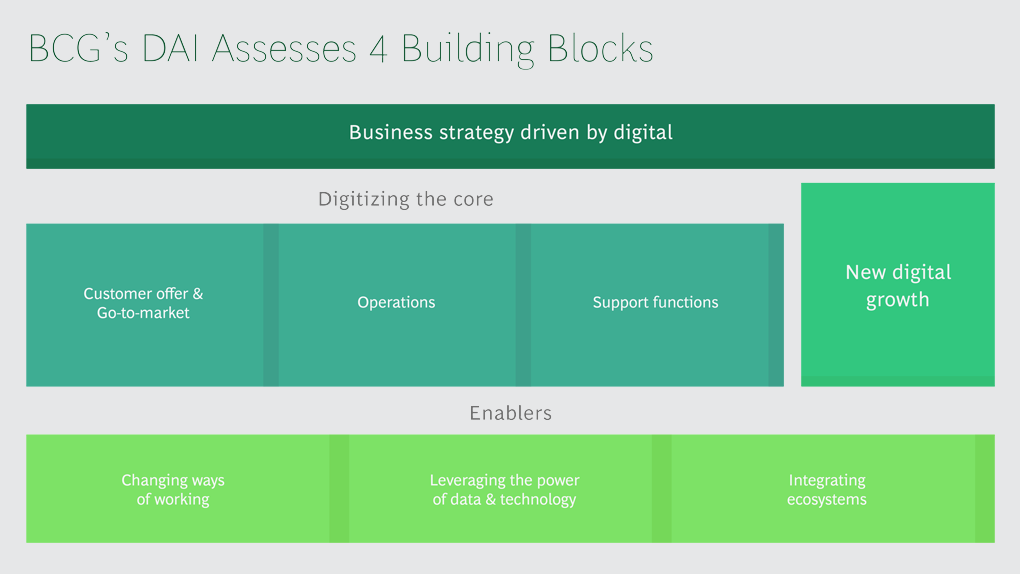
BCG Digital Acceleration Index
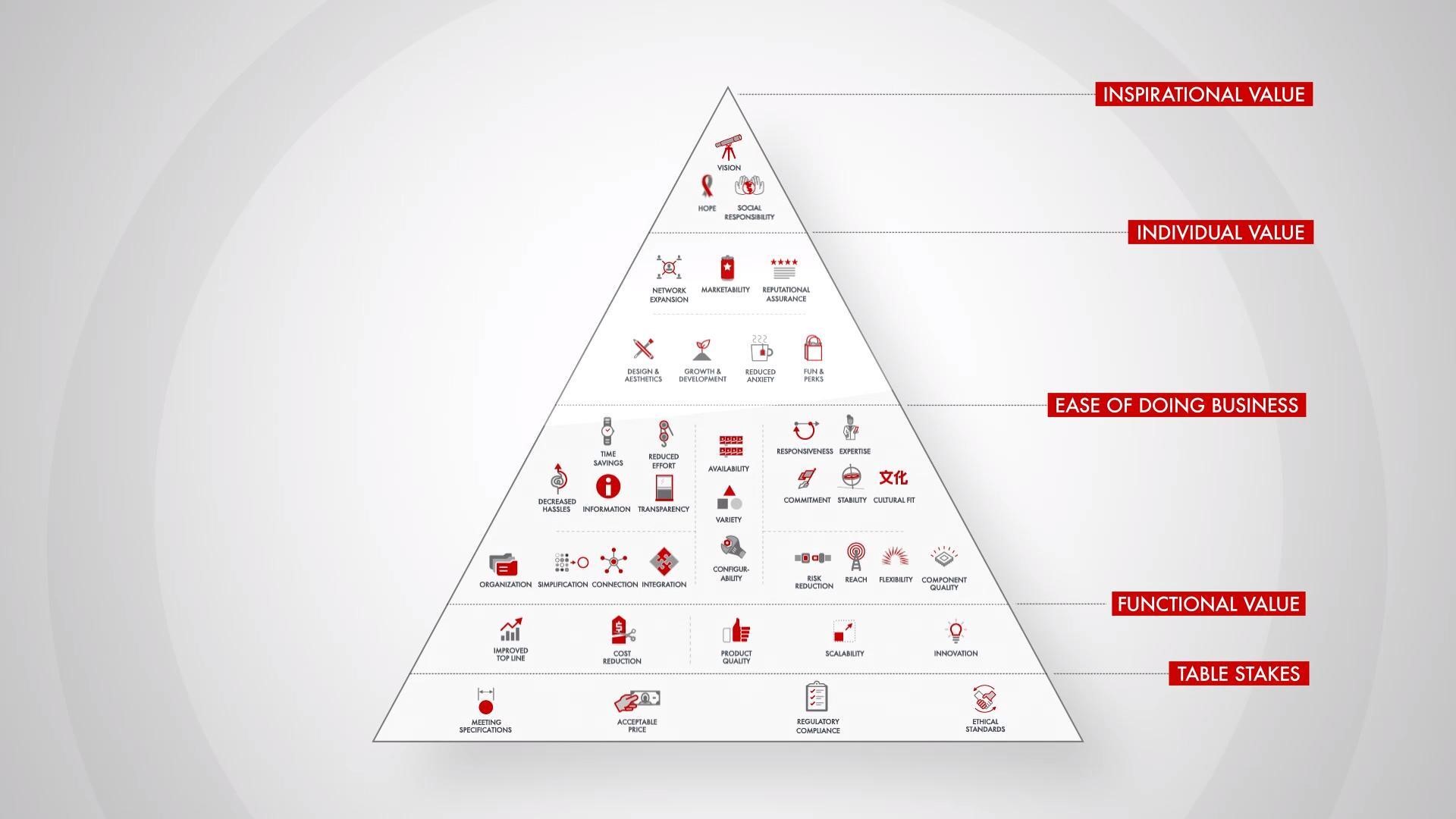
Bain’s Elements of Value Framework
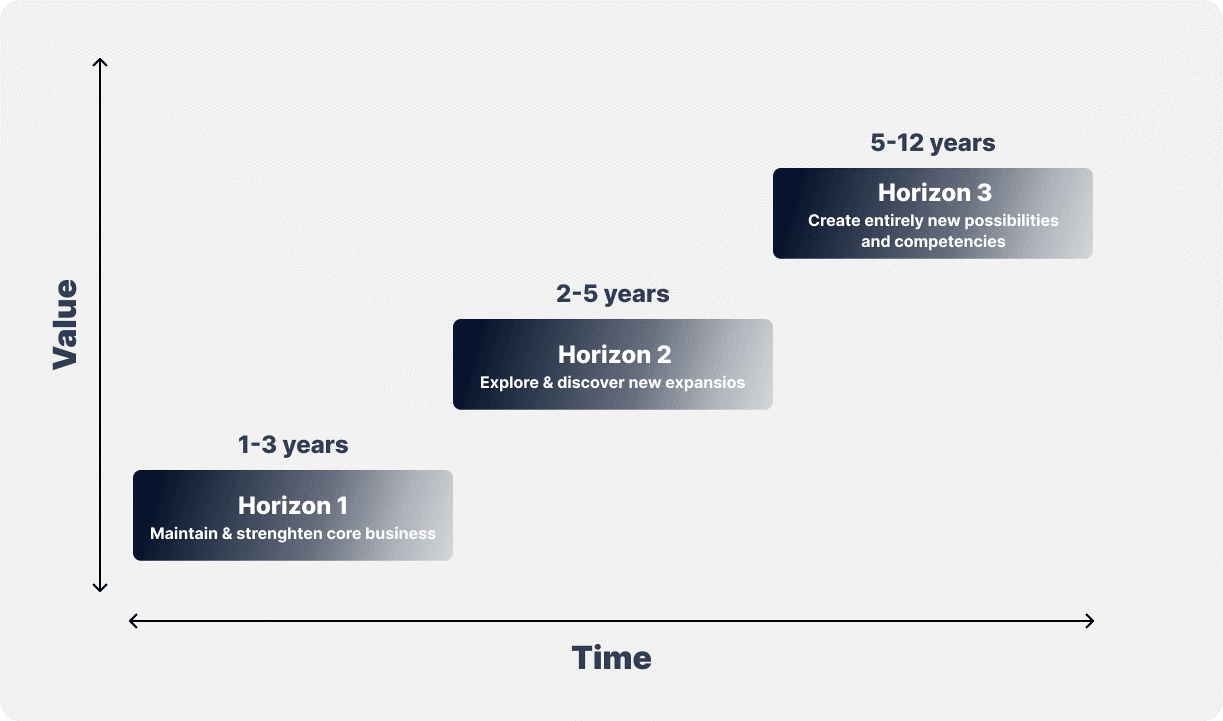
McKinsey Growth Pyramid
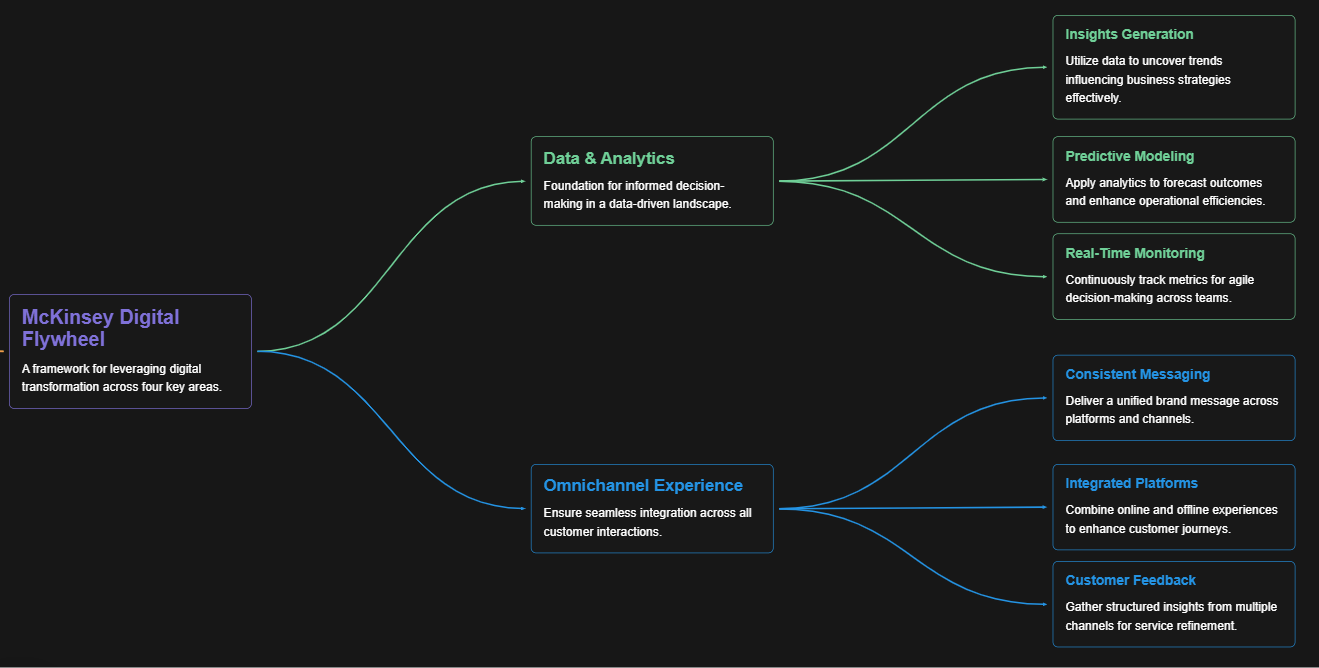
McKinsey Digital Flywheel
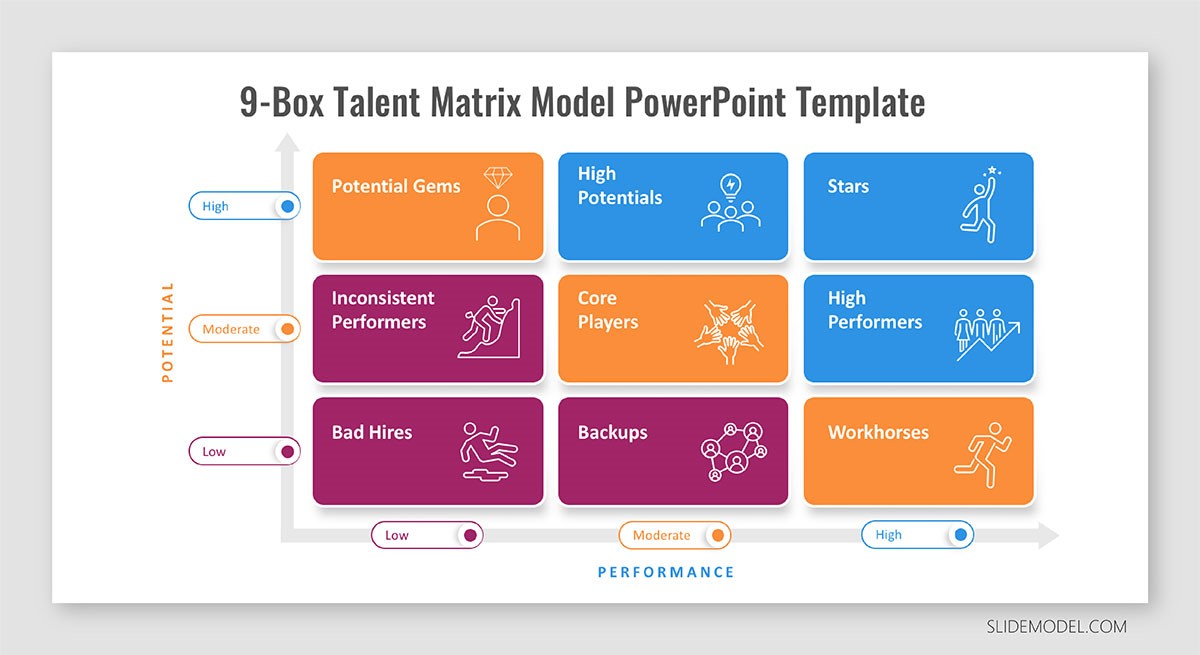
McKinsey 9-Box Talent Matrix
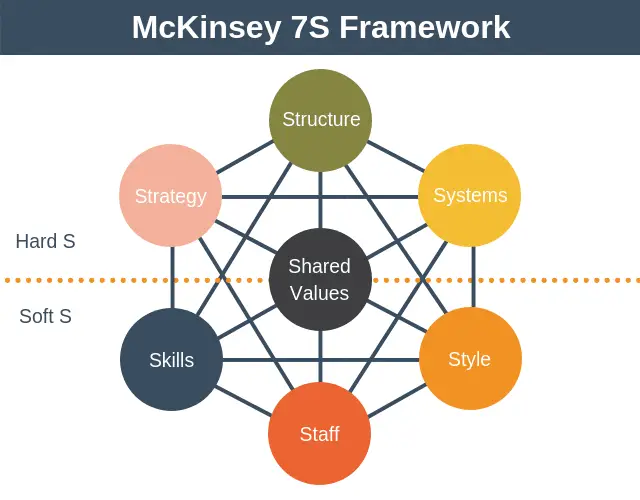
McKinsey 7S Framework
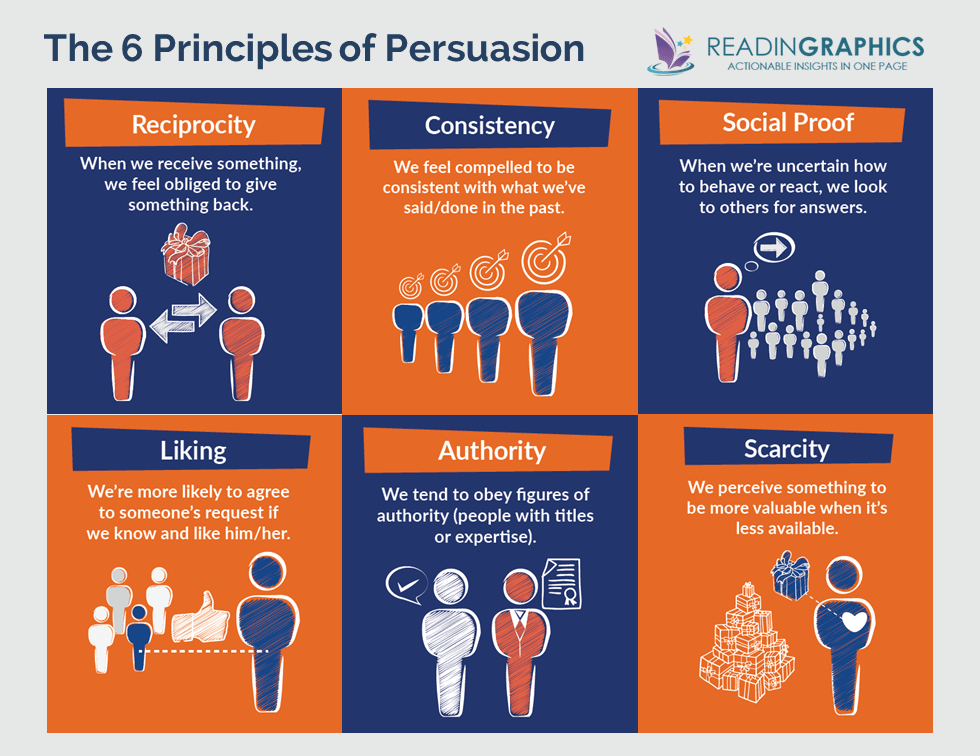
The Psychology of Persuasion in Marketing
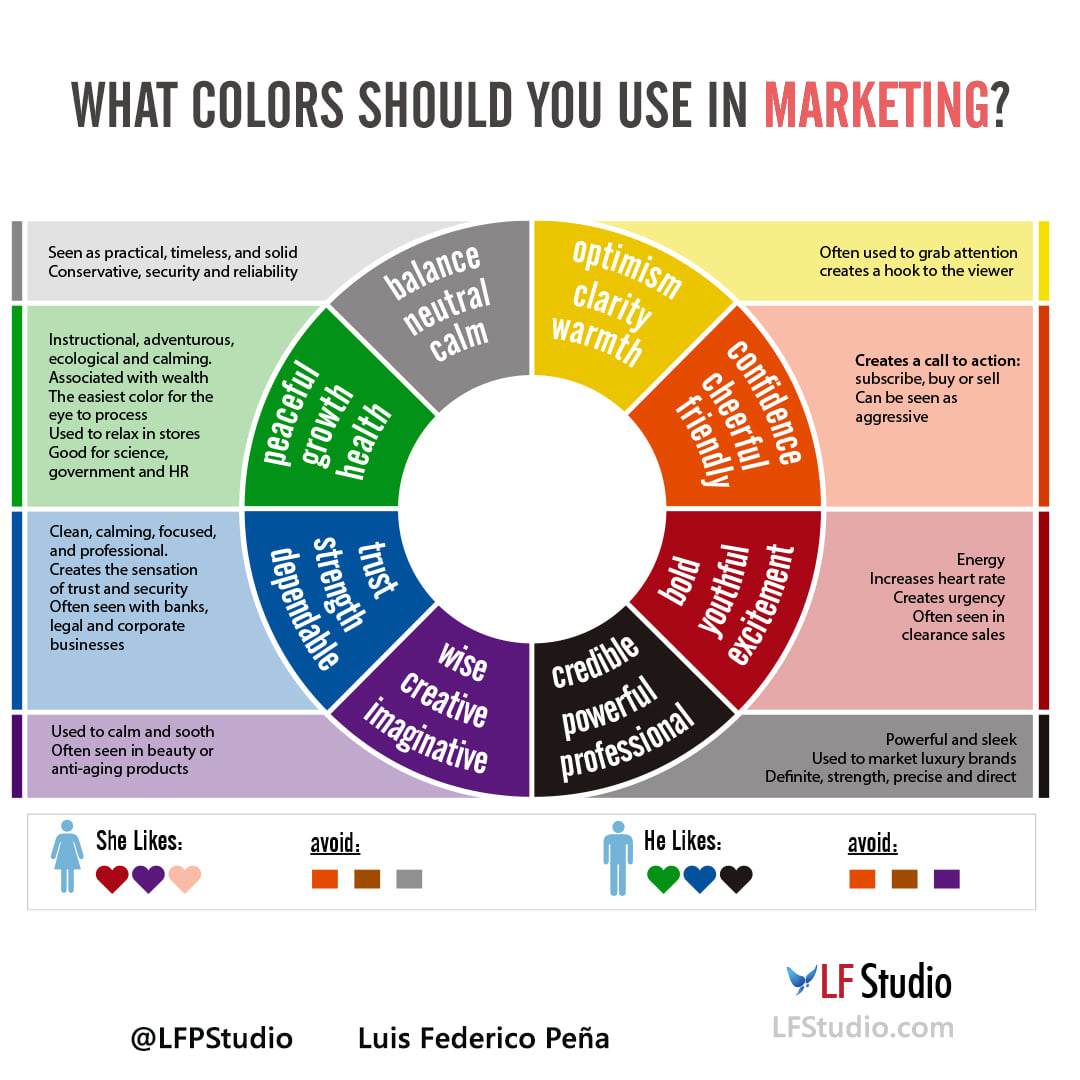
The Influence of Colors on Branding and Marketing Psychology





